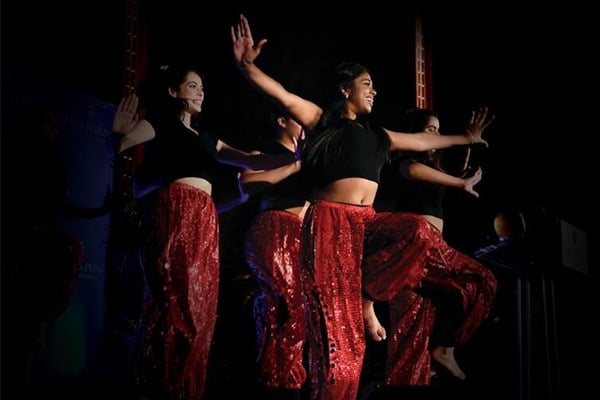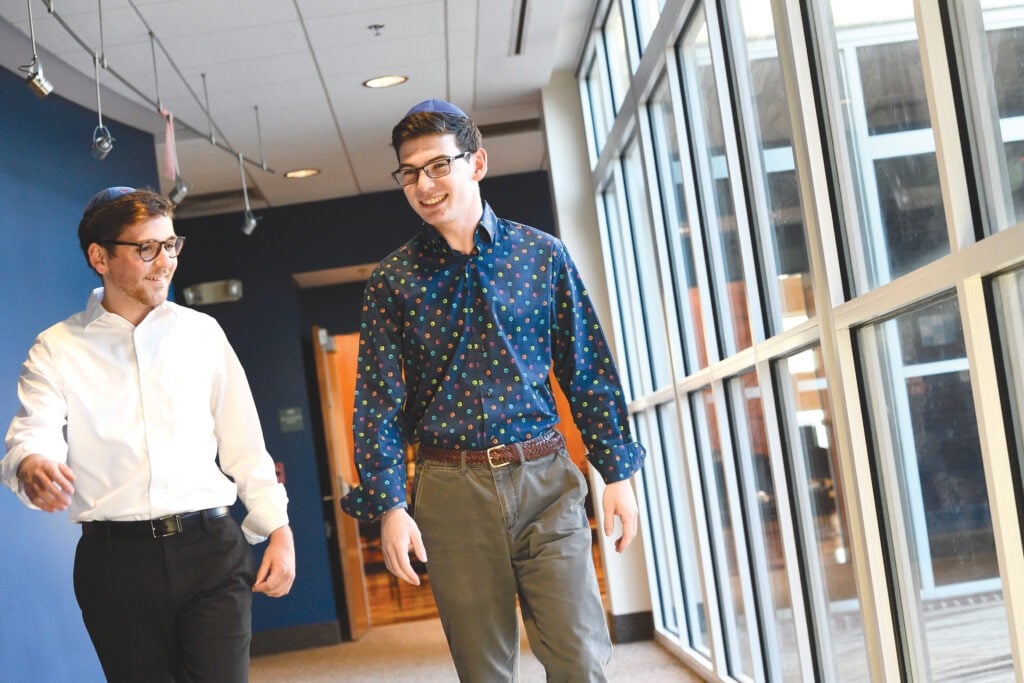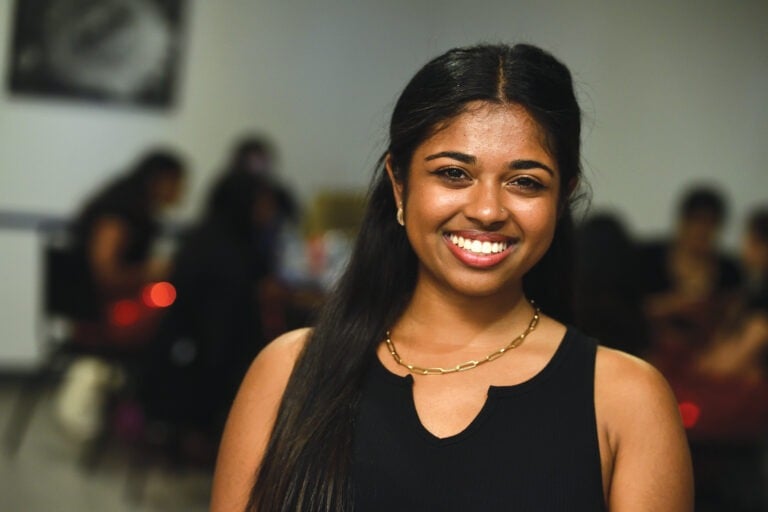When first-year students come to Homewood, they step into a world of boundless possibility, but they also leave behind their family and community, their cultural customs, and treasured traditions. In the stories that follow, two biomedical engineering students share how they were able to maintain, define, and redefine their sense of identity at Johns Hopkins.
Sense of identity

A PATH TO LEADERSHIP
Zach Gold, who is studying biomedical engineering, took a gap year between his final year of high school and his first year of college in order to focus on religious growth. That time allowed him to travel to Israel as well as research Jewish student groups at Hopkins. Identifying Hillel ahead of time allowed him to actualize on potential connection, he says. “I came from an Orthodox Jewish household, school, family, and community. Before I came to Hopkins, I was worried about having to toe the line of maintaining my identity in an environment where everyone else was not Orthodox. Finding the Johns Hopkins Hillel group helped me solidify a path for how I identified as a Jew, and even became a path to leadership. I am now the prospective student liaison, the Jewish Learning Chair on the Hillel Student Board, and help facilitate weekly Shabbat services. Being part of this group helps us build connections and community, which helps us strengthen our sense of identity,” says Gold.

‘A FAMILY HERE ON CAMPUS’

Sneha Kamada, who is studying biomedical engineering, is one of the captains of JHU JOSH, an all-female and nonbinary fusion group incorporating Indian classical dance styles (Bharatanatyam, Kathak), hip-hop, South Indian Kuthu, and occasionally Bhangra, Raas, and Latin styles. (The word josh comes from the Hindi language and means energy.)
As a multicultural group, participants consciously aim to reflect the unique cultural identities of their members and to provide an inclusive space for members to express themselves through dance. “I grew up in a small town where I was the only Indian girl in my year [at school],” says Kamada. “I had no cultural outlet, which is what I was looking for when I came to Hopkins. This group allows me to express my culture through choreography and to have a family here on campus. When we perform at cultural events, it feels much less intimidating to do so together,” she says.
